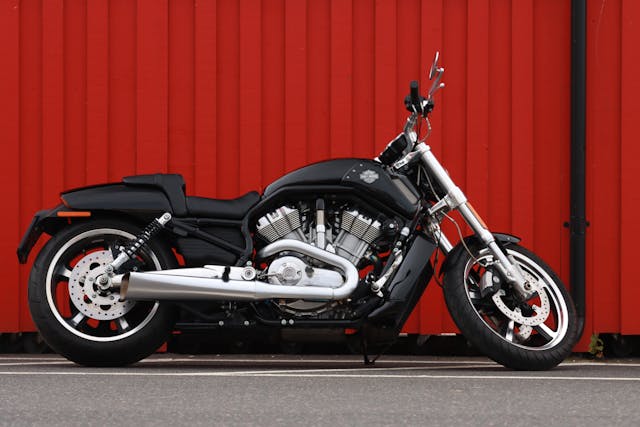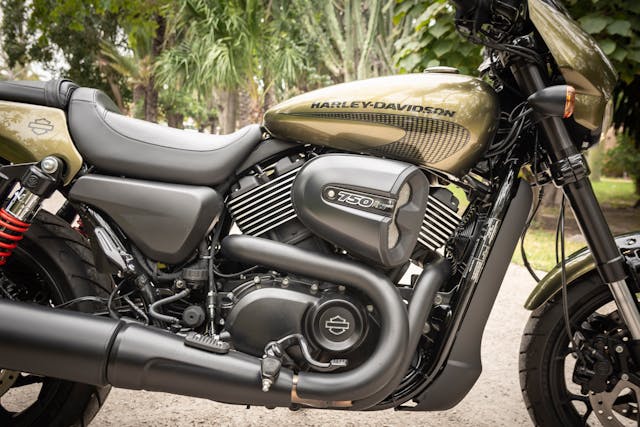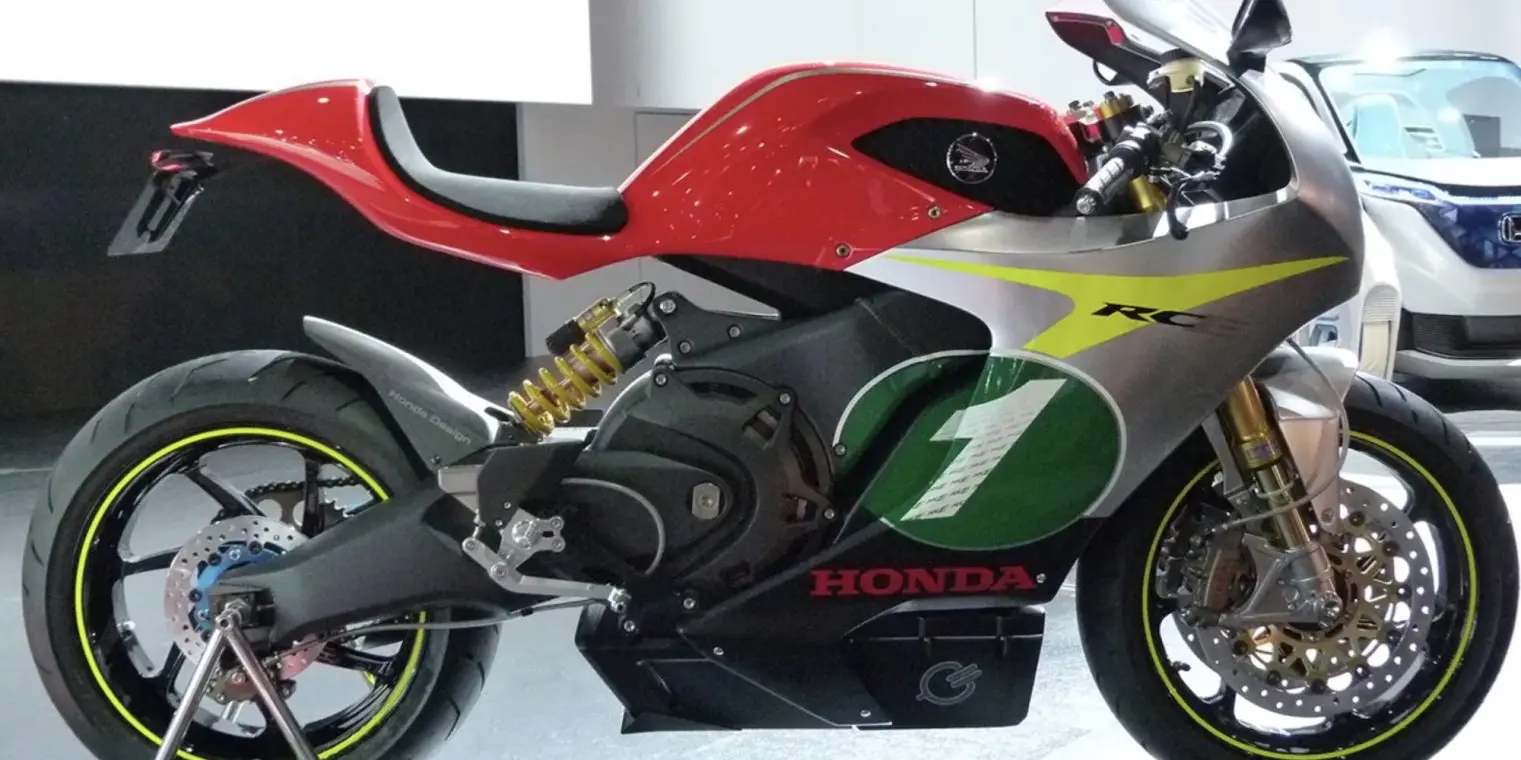
Honda’s Renewed Patents for 12-Year-Old RC-E Prototype
In the midst of Suzuki’s innovations for the Japan Mobility Show, Honda has made headlines by renewing patents for an electric prototype that has been in development for a staggering 12 years. This remarkable journey began with the RC-E, initially unveiled at the 2011 Japan Mobility Show (formerly known as the Tokyo Motor Show). In this article, we delve into the story of this enduring project, its significance, and what the future may hold for Honda in the electric vehicle landscape.
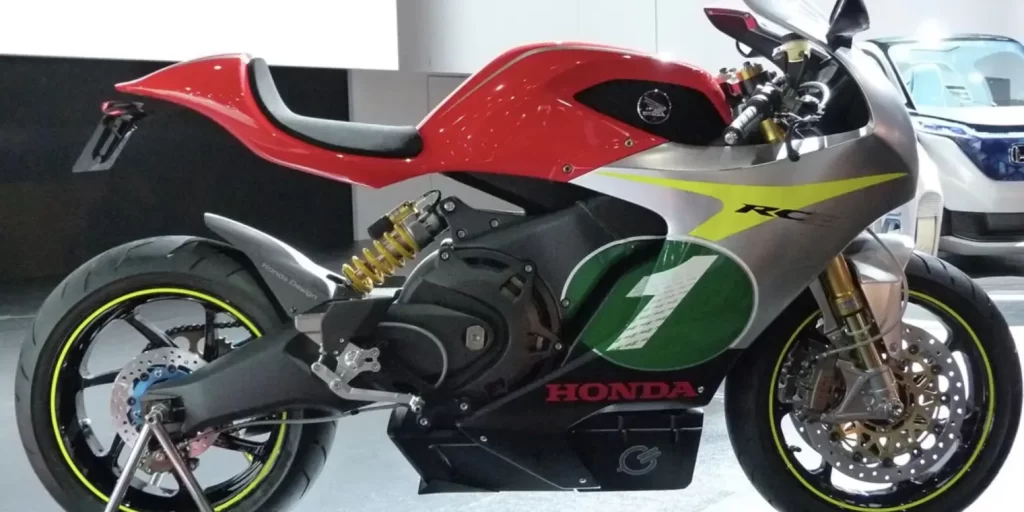
A Blast from the Past with an Electric Twist
The RC-E, introduced as a work-in-progress at the 2011 Japan Mobility Show, was a pioneering, zero-emission, road-legal supersport machine paying homage to Honda’s iconic 1960s-era GP motorcycles. The prospect of a 12-year development period for electric technology may seem extensive, but it aligns with the growing industry trend towards larger displacements of electric vehicles. Honda’s commitment to this project reflects their dedication to keeping pace with evolving times.
What the Patents Reveal
Recent patent images offer insights into the transformed RC-E electric concept bike. The revised model boasts the familiar robust electric powerplant, enhanced rear suspension with a floating design, and an engine casing serving as a stressed chassis component. Notably, the bike is powered by not one, not two, but three batteries, distributed strategically within the frame. As Honda embraces modern electric technology, these developments are a testament to its commitment to innovation.
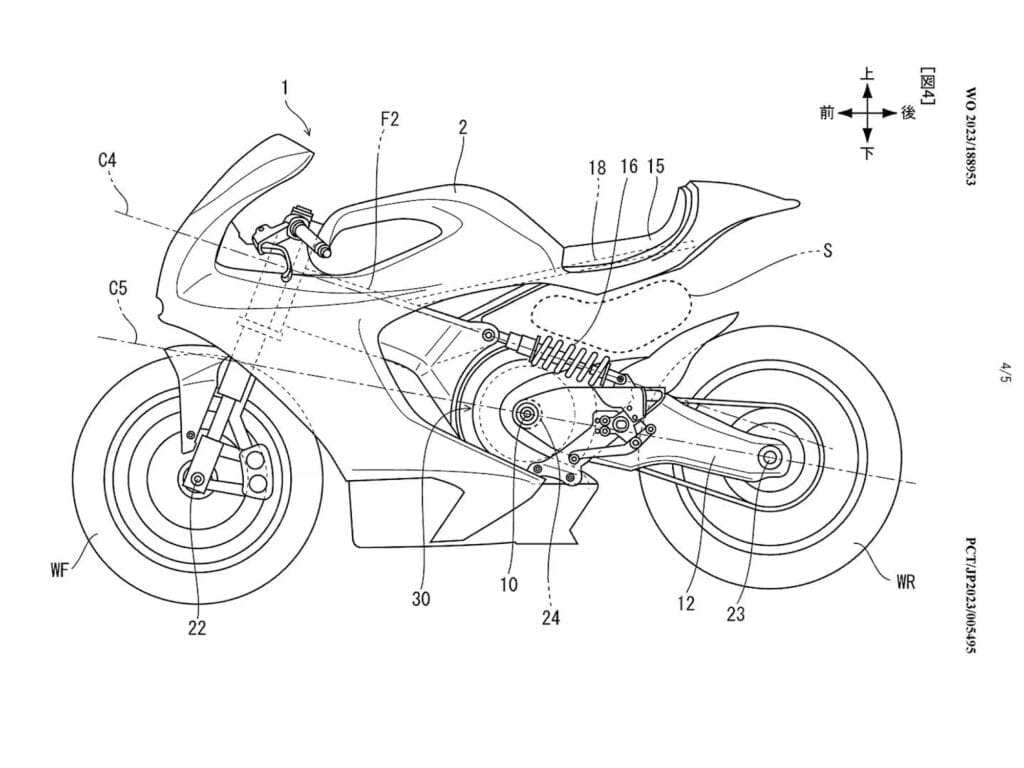
A Nostalgic Supersport with a Contemporary Twist
In a market where other brands have been reintroducing nostalgic supersport motorcycles with electric powertrains, the question arises: can Honda rekindle the RC-E and equip it with up-to-date motor and battery technology? Many, including Purvis, believe that Honda’s reinvigoration of the RC-E could be a strategic move. The blend of nostalgia and advanced technology could make it a compelling addition to the world of electric motorcycles.
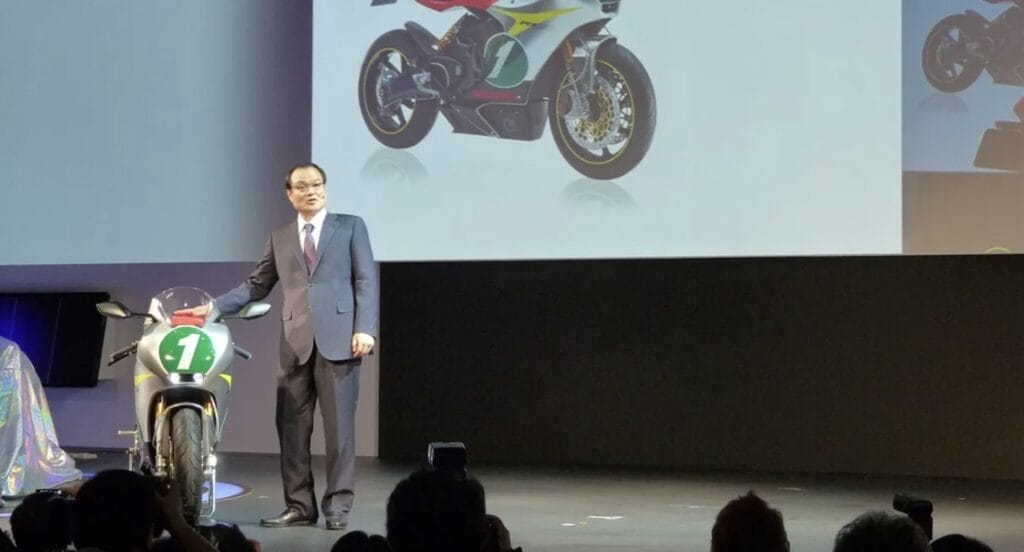
A Path to Carbon Neutrality
Honda’s pursuit of electrifying its future range stems from a courageous goal of achieving carbon neutrality in less than twenty years. As revealed in a press release on March 27, 2023, this ambitious target underscores Honda’s commitment to sustainability and environmental responsibility. The RC-E could be a significant player in achieving this mission by offering an exciting electric option to consumers.
The Future of Honda’s RC-E
As we contemplate the future of Honda’s RC-E, there are questions to consider. Will Honda venture into the production of a higher-cc electric supersport motorcycle for our roads, or will it remain a captivating concept? The answer to this question will not only determine the fate of the RC-E but also shed light on Honda’s role in the electrified future of the automotive industry.


